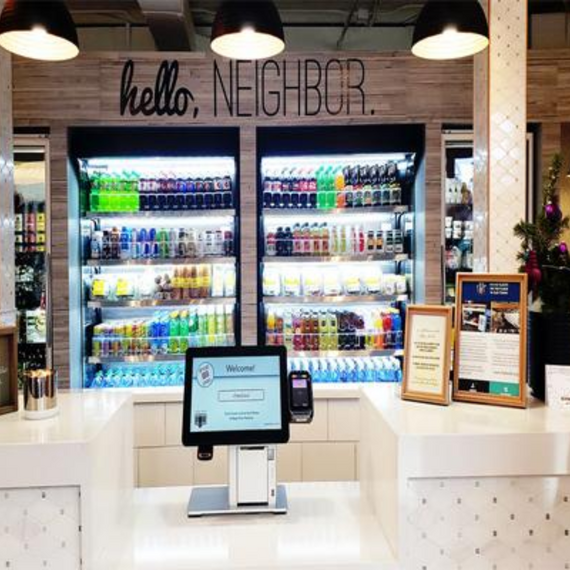
- Three minutes read
Faster Payments in the US and its impact on PSPs
The US bank-owned Clearing House’s scheme, which has already begun testing transfers, will cut down the processing time of inter-bank transfers from a number of days to being almost instantaneous
In late 2017 it was announced that a real-time payments initiative would be launched in the US, nearly a decade after the first Faster Payments network was launched in the UK. The US bank-owned Clearing House’s scheme, which has already begun testing transfers, will cut down the processing time of inter-bank transfers from a number of days to being almost instantaneous, in line with regions that have already implemented a similar system.
BNY Mellon and US Bank carried out the first transaction on the real-time system in late 2017, with many of the Clearing House’s other bank owners including Citi, JP Morgan and Sun Trust also committing to be early adopters of the new system.
Real-time settlement is expected to be ‘ubiquitous’ by 2020, and enough banks are predicted to be signed up by the end of 2018 that more than 50% of all deposits will be conducted using real-time payments. The new system is more simple to integrate than previously proposed iterations of faster payments in the US, and is more cost efficient, which should be the primary drivers for the increased pace of adoption.
That this evolution, perhaps the most significant single development of the US payments infrastructure in decades, will have a seismic impact on consumers is obvious; but how the landscape will change and on what time scale is maybe less so.
The benefits of real-time payment for consumers and merchants
Of course, despite the fact that barriers to adoption for banks have been lowered, we will only see real-time payments take hold in the US if the appetite from consumers and merchants compels banks to join the scheme.
The pledge from a number of banks to be early adopters is a good indication that the evidence of a strong demand is already present, and that is unsurprising. For consumers making traditional or fintech-driven peer-to-peer payments, the convenience and financial transparency improvements instant settlements affords are obvious.
And businesses have also already voiced their approval of the scheme’s introduction. 53% of surveyed businesses believe that the introduction of faster payments will have a positive impact on them, versus only 4% who believe that the impact will be negative. Keeping accounts accurate, paying invoices, and making emergency pay runs are just some of the processes that will be improved by the introduction of faster payments.
The role of non-bank payment processors
As discussed by Andrea Dunlop, our CEO of Acquiring and Processing in the EU, one of the most significant impacts of Faster Payments in the UK was the dramatic shift in consumer expectations in respect to convenience of payment methods.
With consumers now able to pay, send, and receive money quasi-instantly, a willingness to accept archaic payment methods became less tolerated; the impressive has become the expected. In other respects in addition to real-time payments, the US payments infrastructure is noticeably lagging behind in other areas of payments innovation and adoption, for example acceptance of contactless card payments, it would therefore be unsurprising to see greater consumer and business clamour for improved payment technology as a knock-on effect of the introduction of real-time payments.
So how will that impact non-bank payment service providers who are not members of the faster payments network?
With consumer and also business expectations shifting, there will be an impetus on payment service providers to provide additional services that improve payment experience or functionality through harnessing the power of the new instant payment network. We can therefore expect to see the most innovative payment service providers investing heavily in this area, in order to develop products that rely on settling money transaction more quickly.
An example of this is new wave of technology that is being developed with the capabilities of real-time payments in mind is Paysafe’s PushPay product. An addition to our payment processing suite, PushPay is an accelerated funding solution that enables merchants to manage their cash flow better through immediate payment settlements.
The product leverages the faster payment scheme rails to conclude merchant settlement within 30 minutes of a sale transaction being processed. Transaction will be settled in an aggregate quasi-real-time payment every day. All small and medium sized merchants that satisfy the risk assessment criteria are able to access the product.
This is just one example of how payment processors such as Paysafe will seize the opportunity a real-time payment network in the US presents to provide a better service to its customers and their consumers. And this is only the tip of the iceberg. We are at the start of an exciting journey for payment processing in the US.
For more information on Paysafe's PushPay product, contact us at paysafe.com




